- TOP
- Search Criteria
- Setouchi Triennale 2019: Which Artworks Should You Visit?
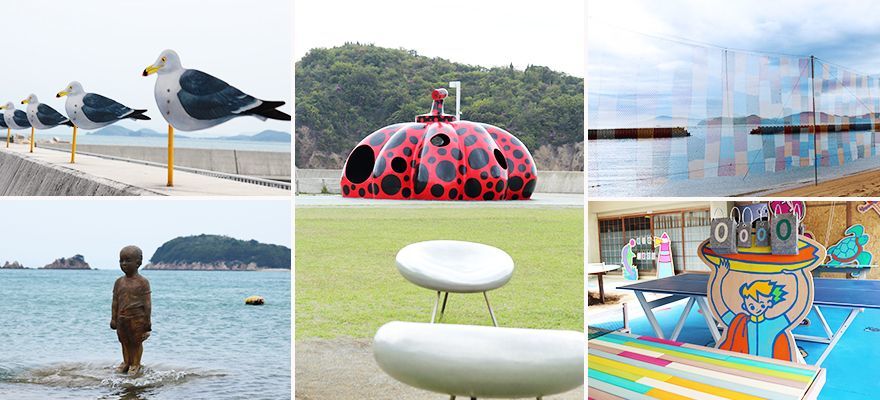
STORY
Setouchi Triennale 2019: Which Artworks Should You Visit?
- OKAYAMA
- KAGAWA
- SHIKOKU
- SIGHTSEEING
- EXPERIENCE
- CULTURE
- EVENT
- SPECIAL
- SETOUCHI_TRIENNALE
- ART
- FESTIVAL
- SETO_INLAND_SEA
- NAOSHIMA
- YAYOI_KUSAMA
The Setouchi Triennale (Setouchi International Art Festival) is the largest art event in Japan and is held once every three years. Visiting it involves getting around by boat and bus to traverse the many islands and ports that make up the festival. There is much to see so let us introduce our recommended works and help you plan your trip.
From Takamatsu Airport take the airport limousine bus to Takamatsu Station. It’s about a 40 minute ride. From Takamatsu Station, Takamatsu Port is about a 5 minute walk.
Takamatsu Port is your gateway to the islands of the Seto Inland Sea, but it is also one of the venues for the festival. So, before you jump on a ferry make sure you explore the port and the art works here.
This is just the start of your adventure. Next we’ll introduce you to the art works scattered across the island venues of Naoshima, Megijima, Ogijima, and Shodoshima, as well as Uno Port. Each island takes anywhere from half a day to a full day to visit. Note that some islands have limited ferry and bus service so be sure to check the schedule beforehand.
Also see our other article: 6 Tips for Visiting the Setouchi Triennale 2019
As you travel around the festival you cannot miss Naoshima Island. Known as the holy land of contemporary art, Naoshima is peppered with world-famous works such as the Red Pumpkin by Yayoi Kusama. The Chichu Art Museum and the Benesse House, both designed by Tadao Ando, are also found here.
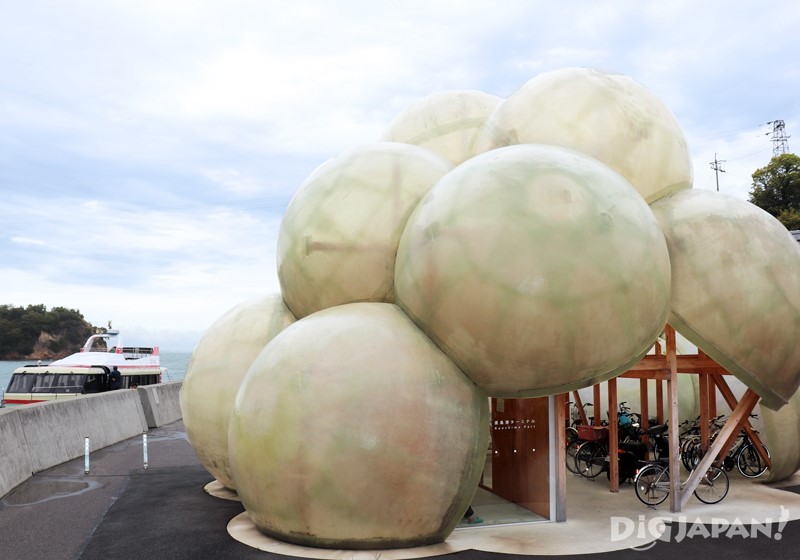
Naoshima is a wonderful stop with easy access. Ferry services operate daily from Takamatsu Port in Kagawa Prefecture and Uno Port in Okayama Prefecture.
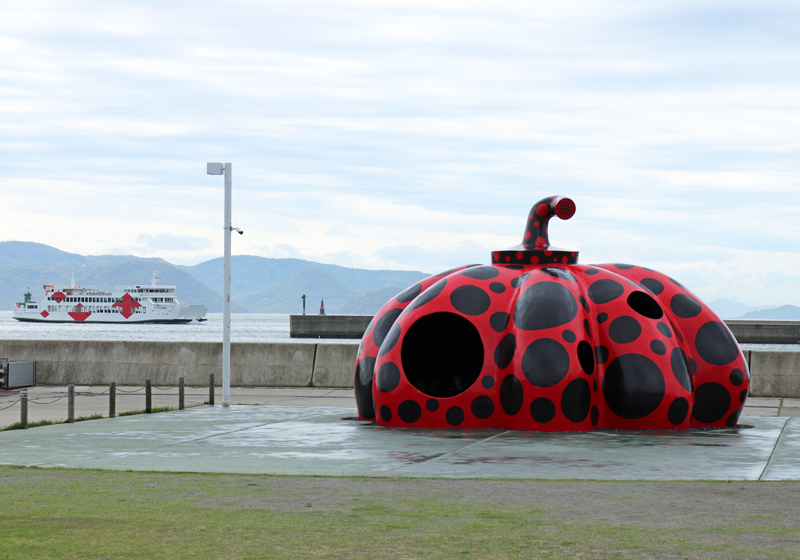 The Naoshima Plan 2019 ’The water’ is a new work in the Honmura area of Naoshima with the theme of wind and water. A long and narrow private residence built to allow the characteristic north and south winds of the island to flow through has been renovated and its water well put to use. The installation is also a rest area where you can enjoy a foot bath and feel the flowing water and cool winds.
The Naoshima Plan 2019 ’The water’ is a new work in the Honmura area of Naoshima with the theme of wind and water. A long and narrow private residence built to allow the characteristic north and south winds of the island to flow through has been renovated and its water well put to use. The installation is also a rest area where you can enjoy a foot bath and feel the flowing water and cool winds.
Opening times: 10:00 a.m. - 4:30 p.m., Closed Mondays (Closed Tuesday when Monday is a national holiday)
Open all three festival seasons: Spring, Summer, Fall
After spending a day in Naoshima you can go back to Takamatsu Port. As an alternative you can take a 20 minute ferry ride to Uno Port to see the artworks there and do a little of sightseeing in the Okayama Prefecture.
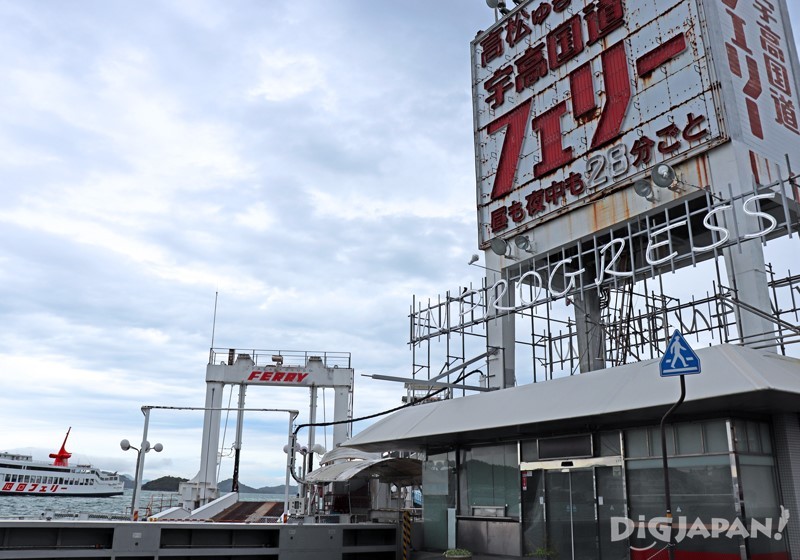
At the now closed Kokudo Ferry dock in Uno Port the German artist Mischa Kuball has his work “IN TRANSITION / IN PROGRESS” on display. From sunset until 10:00 p.m. bright letters light up spelling “IN PROGRESS” and “IN TRANISITION” restoring some life to the once used dock.
Opening Times: All day (Lighting time: Sunset to 22:00)
Open all three festival seasons: Spring, Summer, Fall
Another short 20 minute ferry ride from Takamatsu Port will take you to Megijima island. The Washigamine Summit on the island's central area hosts a cave that was once believed to be inhabited by ogres. From this the island is also known as Onigashima (ogre island).

Adjacent to Megijima, about 1km to the north is Ogijima. In the maze-like alleys, three-dimensional installations such as “Ogijima’s Soul” and “Walking Ark” are found. These pieces of art have become the symbol of the island. In addition, the area is also known as “cat island” due to the large number of felines that live there.
Want to visit both islands? Get up a little early, hop on the ferry and take the following route around the islands: Takamatsu Port → Megijima → Ogijima → Megijima → Takamatsu Port.
Both Megijima and Ogijima are smaller islands so you can get around easily on foot if you're just visiting the central part.
In various spaces around Megijima Island, 8 groups of artists including Leandro Erlich and Aiko Miyanaga have made their artworks into actual shops. The “Hair Salon Kotobuki” opens 3-4 times a week, “Café de la Plage” has tables and walls that change color from heat and UV light, and “Ping-Pong Sea” features a ping-ping table that sounds like a xylophone. This amazing collaboration is like visiting a theme park. There is so much to see here so take your time and explore it all.
Opening times vary depending on the shop. For details please see the official website.
Open all three festival seasons: Spring, Summer, Fall
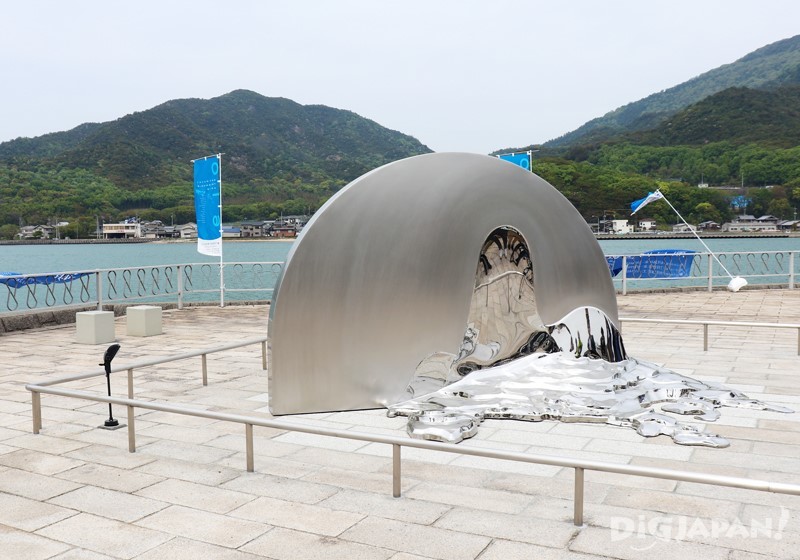 This huge structure stands 60 meters long and 15 meters tall and is made up of about 4,000 pieces of bamboo all woven together. Its creator, Taiwanese artist Wang Wen Chih is known for his other works at previous festivals such as "House of Shodoshima" (2010), "Light of Shodoshima" (2013) and "Dream of Olive" (2016). His new work “Love in Shodoshima” uses three spaces to express the lasting memories and impressions his older works left.
This huge structure stands 60 meters long and 15 meters tall and is made up of about 4,000 pieces of bamboo all woven together. Its creator, Taiwanese artist Wang Wen Chih is known for his other works at previous festivals such as "House of Shodoshima" (2010), "Light of Shodoshima" (2013) and "Dream of Olive" (2016). His new work “Love in Shodoshima” uses three spaces to express the lasting memories and impressions his older works left.
Opening times: 9:30 a.m. - 5:00 p.m.
Open all three festival seasons: Spring, Summer, Fall
This installation is a direct sequel to the 2016 piece “Beyond the Border – Tide”. Back then the same artist had created 196 sand statues of children on the beach representing all the countries recognized by Japan. The children were gradually swept away by the waves and wind and returned to their home countries. In this year's piece, the children have come back in the form of a bronze statue that is gazing up at a huge bamboo structure representing the womb of the mother. From inside it you can feel the wind and sun coming in, surrounded by nature.
Opening times: 9:30 a.m. - 5:00 p.m.
Open all three festival seasons: Spring, Summer, Fall
This work uses old Chinese furniture to create a ship and a lighthouse. It represents the artist's personal experience of going on a search for his father on a small fishing boat with his mother as a child. You can climb inside the ship and the lighthouse and touch the work to truly dive into the artist’s world.
Opening times: 9:30 a.m. - 5:00 a.m.
Open all three festival seasons: Spring, Summer, Fall
Season Times:
・Spring Encounters (Spring Session): April 26-May 26, 2019 * Ended
・Summer Gatherings (Summer Session): July 19-August 25, 2019
・Fall Expansions (Autumn Session): September 28-November 4, 2019
Place: 12 islands in the Seto Inland Sea
(Naoshima / Teshima / Megijima / Ogijima / Shodoshima / Oshima / Inujima / Shamijima [Spring Only] / Honjima [Autumn Only] / Takamijima [Autumn Only] / Awashima [Autumn Only] / Ibukijima [Autumn Only]) + Takamatsu Port, Uno Port
Fee: Varies depending on the work.
Triennale Passports are also available.
【Single Season Passport】Adult 4,000 yen, 16-18 years old 2,500 yen, free of charge for children under 15
【3 Season Passport】4,800 yen for adults, 16-18 years old 3,000 yen, free of charge for children under 15
*Valid throughout all three seasons of the Setouchi Triennale 2019
https://setouchi-artfest.jp/en/
*This article is based on a coverage from April 2019.
*Visiting and travel times are approximate.
Takamatsu, the Starting Point of Your Art Journey
The closest airport to the festival is the Takamatsu Airport. From Tokyo you can take a domestic flight from either Haneda or Narita airport. Check with the official website for access from other major cities such as Osaka, Kyoto, and Fukuoka.From Takamatsu Airport take the airport limousine bus to Takamatsu Station. It’s about a 40 minute ride. From Takamatsu Station, Takamatsu Port is about a 5 minute walk.
Takamatsu Port is your gateway to the islands of the Seto Inland Sea, but it is also one of the venues for the festival. So, before you jump on a ferry make sure you explore the port and the art works here.
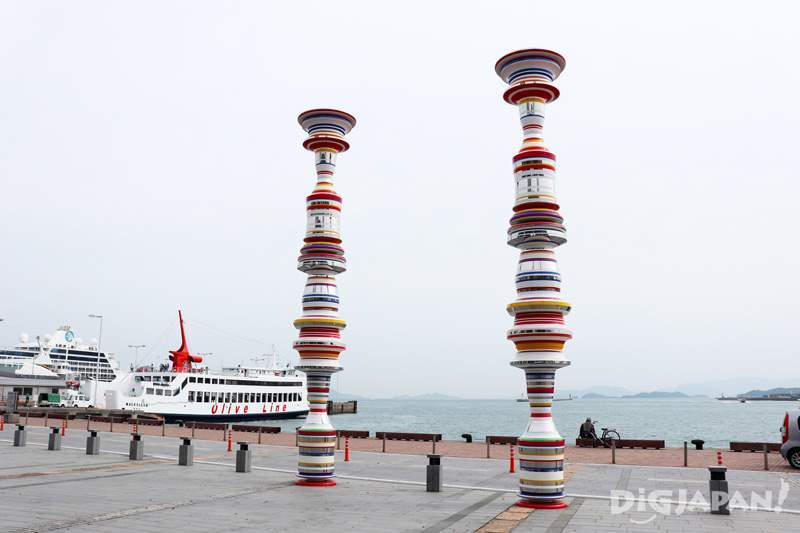
"Liminal Air -core-" by Shinji Ohmaki
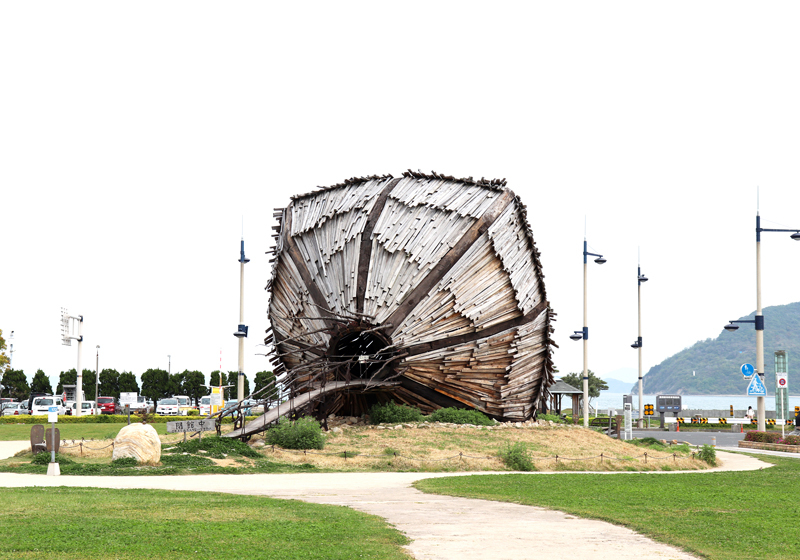
“Beyond the Borders - the Ocean” by Lin Shuen Long
Also see our other article: 6 Tips for Visiting the Setouchi Triennale 2019
Naoshima Island and Uno Port
Must See for Festival First-Timers!
As you travel around the festival you cannot miss Naoshima Island. Known as the holy land of contemporary art, Naoshima is peppered with world-famous works such as the Red Pumpkin by Yayoi Kusama. The Chichu Art Museum and the Benesse House, both designed by Tadao Ando, are also found here.

"Naoshima Port Terminal" by KAZUYO SEJIMA + RYUE NISHIZAWA / SANAA
Naoshima is a wonderful stop with easy access. Ferry services operate daily from Takamatsu Port in Kagawa Prefecture and Uno Port in Okayama Prefecture.

One of Naoshima’s most famous works, "Red Pumpkin" by Yayoi Kusama | 2006, Miyanoura Port
The exhibitions on Naoshima are divided into three parts: Miyanoura, Honmura, and the Benessee House area. We recommend combining getting around on foot and using the bus for longer distances. Expect large crowds on Naoshima so plan some extra time to enjoy all the sights.
■“The Naoshima Plan 2019’The water’” by Hiroshi Sambuichi
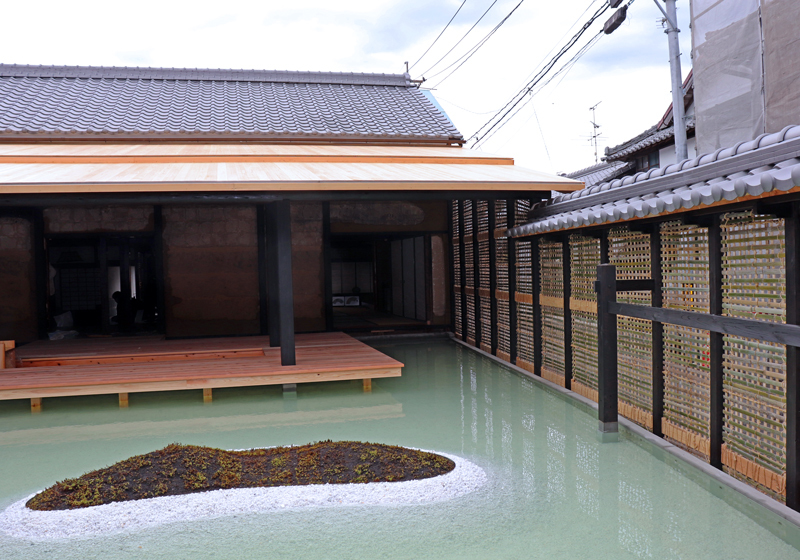
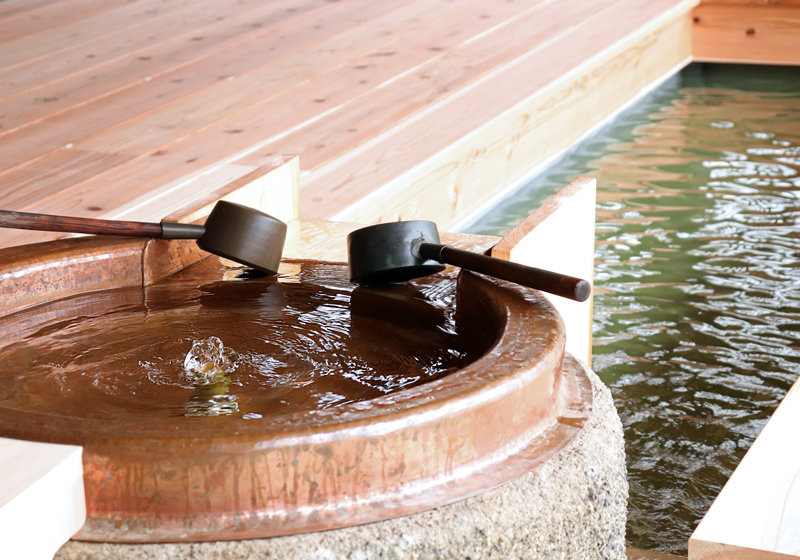
Opening times: 10:00 a.m. - 4:30 p.m., Closed Mondays (Closed Tuesday when Monday is a national holiday)
Open all three festival seasons: Spring, Summer, Fall
After spending a day in Naoshima you can go back to Takamatsu Port. As an alternative you can take a 20 minute ferry ride to Uno Port to see the artworks there and do a little of sightseeing in the Okayama Prefecture.
■“IN TRANSITION/IN PROGRESS” by Mischa Kuball

At the now closed Kokudo Ferry dock in Uno Port the German artist Mischa Kuball has his work “IN TRANSITION / IN PROGRESS” on display. From sunset until 10:00 p.m. bright letters light up spelling “IN PROGRESS” and “IN TRANISITION” restoring some life to the once used dock.
Opening Times: All day (Lighting time: Sunset to 22:00)
Open all three festival seasons: Spring, Summer, Fall
Ogijima and Megijima Islands
Compact and Easy to Visit
Another short 20 minute ferry ride from Takamatsu Port will take you to Megijima island. The Washigamine Summit on the island's central area hosts a cave that was once believed to be inhabited by ogres. From this the island is also known as Onigashima (ogre island).

Approximately 300 seagulls lined up in the port of Megijima in "Sea Gulls Parking Lot" by Takahito Kimura
Adjacent to Megijima, about 1km to the north is Ogijima. In the maze-like alleys, three-dimensional installations such as “Ogijima’s Soul” and “Walking Ark” are found. These pieces of art have become the symbol of the island. In addition, the area is also known as “cat island” due to the large number of felines that live there.
Want to visit both islands? Get up a little early, hop on the ferry and take the following route around the islands: Takamatsu Port → Megijima → Ogijima → Megijima → Takamatsu Port.
Both Megijima and Ogijima are smaller islands so you can get around easily on foot if you're just visiting the central part.
■ New for 2019 on Megijima, the “Little Shops on the Island” project
In various spaces around Megijima Island, 8 groups of artists including Leandro Erlich and Aiko Miyanaga have made their artworks into actual shops. The “Hair Salon Kotobuki” opens 3-4 times a week, “Café de la Plage” has tables and walls that change color from heat and UV light, and “Ping-Pong Sea” features a ping-ping table that sounds like a xylophone. This amazing collaboration is like visiting a theme park. There is so much to see here so take your time and explore it all.
Opening times vary depending on the shop. For details please see the official website.
Open all three festival seasons: Spring, Summer, Fall
Shodoshima
Enjoy Sightseeing on a Photogenic Island
Shodoshima, also knows as “Olive Island”, is the second largest island in the Seto Inland Sea. Since the artworks are very spread out, don't miss the chance to also do some sightseeing and make sure you hit Olive Park and Angel Road. You can see the main works in a one-day tour but if you want to take your time and explore the island we recommend you take two days.
Newly installed at the entrance of the island is “again ...” by Kim Kyoung-Min
Works from Asian artists that explore the island's two main characteristics, "sea" and "mountains", are scattered throughout the island's seven ports and various other locations. To maximize your available time we recommend arriving at Tonosho Port and departing from Kusakabe Port. The works we introduce here are all new for 2019.
■ “Love in Shodoshima” by Wang Wen Chih
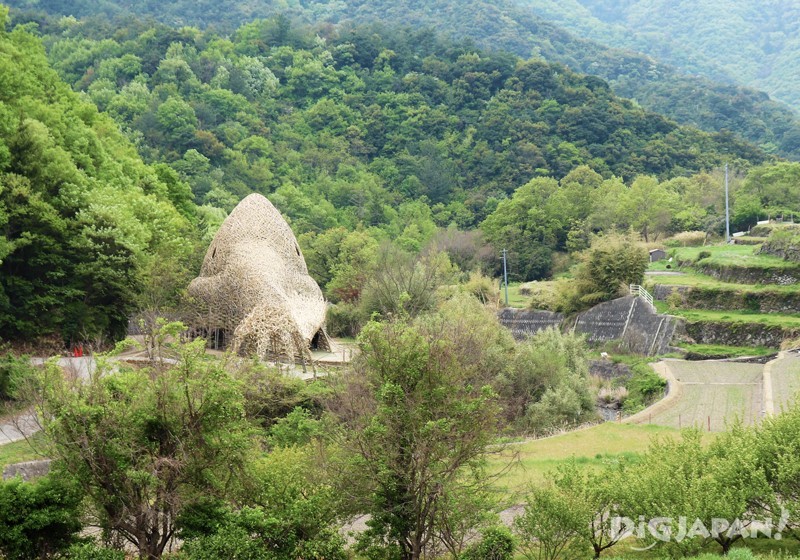
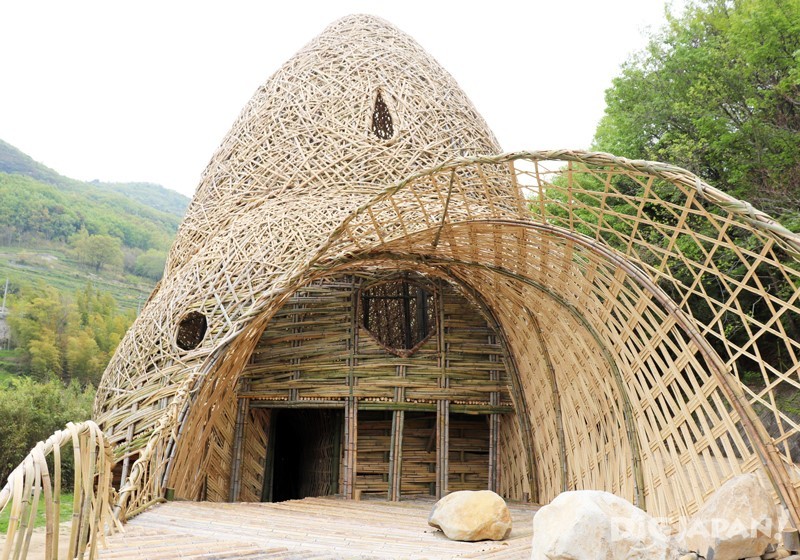
Opening times: 9:30 a.m. - 5:00 p.m.
Open all three festival seasons: Spring, Summer, Fall
■ “Beyond the Border – Wave” by Lin Shuen Long
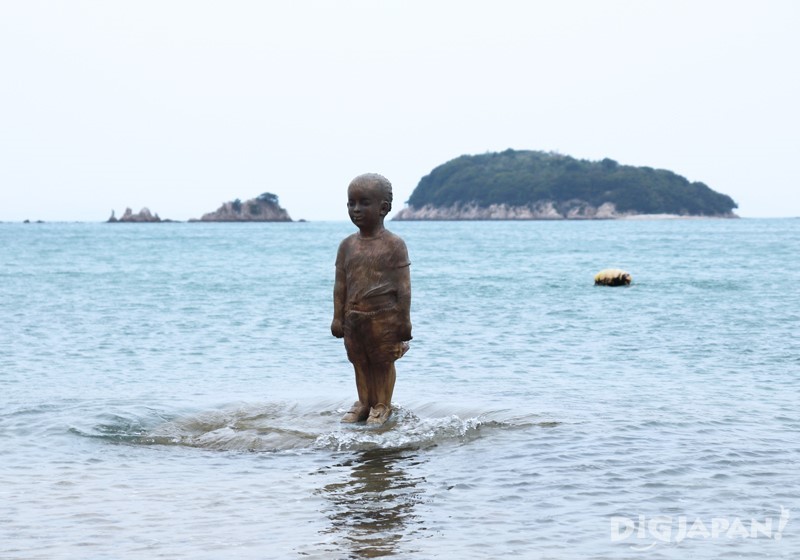
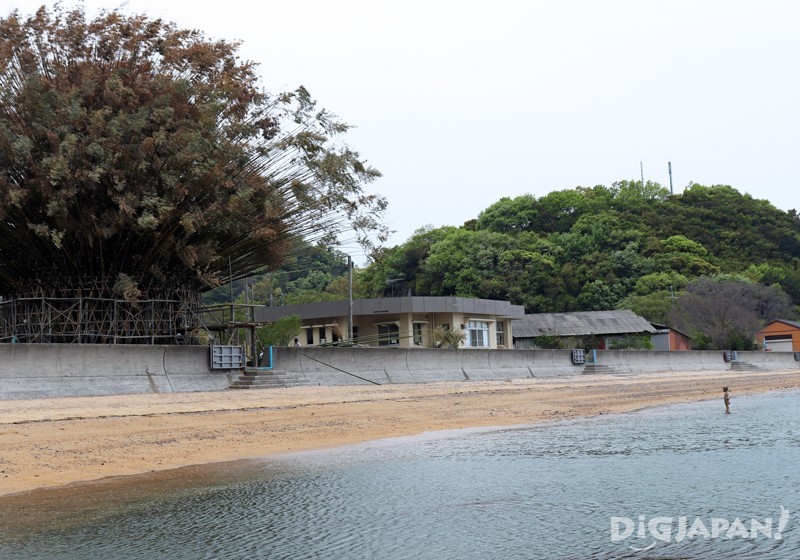
Opening times: 9:30 a.m. - 5:00 p.m.
Open all three festival seasons: Spring, Summer, Fall
■ “The Shore Where We Can Reach-Xiang Yang Art Sailing Proposal” by Xiang Yang
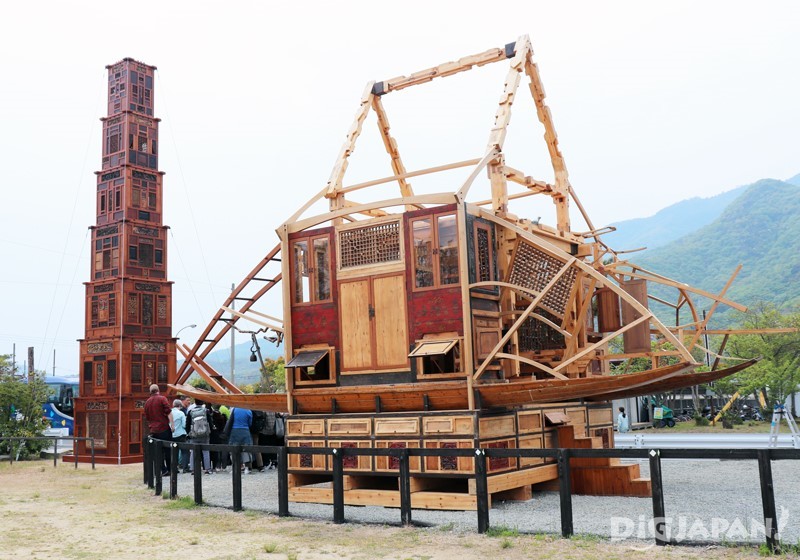
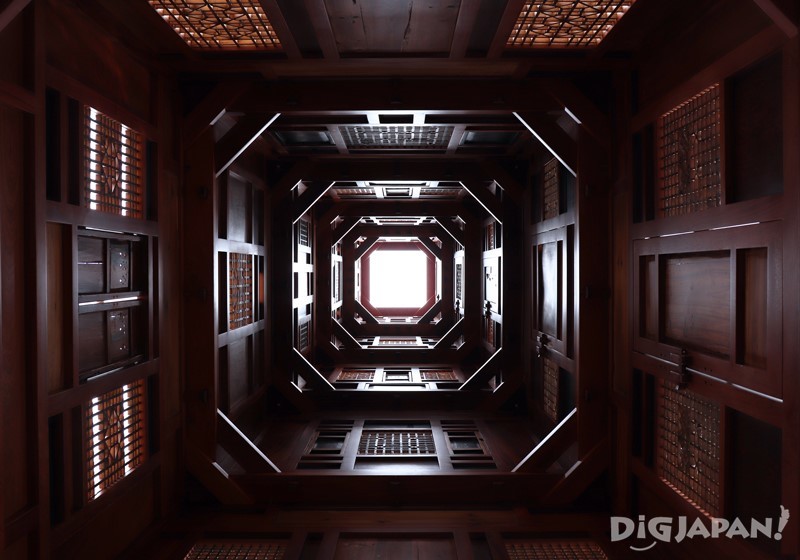
Opening times: 9:30 a.m. - 5:00 a.m.
Open all three festival seasons: Spring, Summer, Fall
Enjoy Your Art Trip Across the Islands of the Seto Inland Sea!
The Setouchi Triennale 2019 has so many amazing works of art we cannot possibly list them all here. There are many more incredible installations waiting to be discovered. Enjoy the local atmosphere while taking in the sights and plan out your trip according to what you want to see!Information
Setouchi Triennale 2019 | 瀬戸内国際芸術祭2019Season Times:
・Spring Encounters (Spring Session): April 26-May 26, 2019 * Ended
・Summer Gatherings (Summer Session): July 19-August 25, 2019
・Fall Expansions (Autumn Session): September 28-November 4, 2019
Place: 12 islands in the Seto Inland Sea
(Naoshima / Teshima / Megijima / Ogijima / Shodoshima / Oshima / Inujima / Shamijima [Spring Only] / Honjima [Autumn Only] / Takamijima [Autumn Only] / Awashima [Autumn Only] / Ibukijima [Autumn Only]) + Takamatsu Port, Uno Port
Fee: Varies depending on the work.
Triennale Passports are also available.
【Single Season Passport】Adult 4,000 yen, 16-18 years old 2,500 yen, free of charge for children under 15
【3 Season Passport】4,800 yen for adults, 16-18 years old 3,000 yen, free of charge for children under 15
*Valid throughout all three seasons of the Setouchi Triennale 2019
https://setouchi-artfest.jp/en/
*This article is based on a coverage from April 2019.
*Visiting and travel times are approximate.

Liked this story? Like DiGJAPAN!
on Facebook for daily updates!
THIS ARTICLE IS BASED ON INFORMATION FROM 08 03,2019 Author:DiGJAPAN! Editorial Team






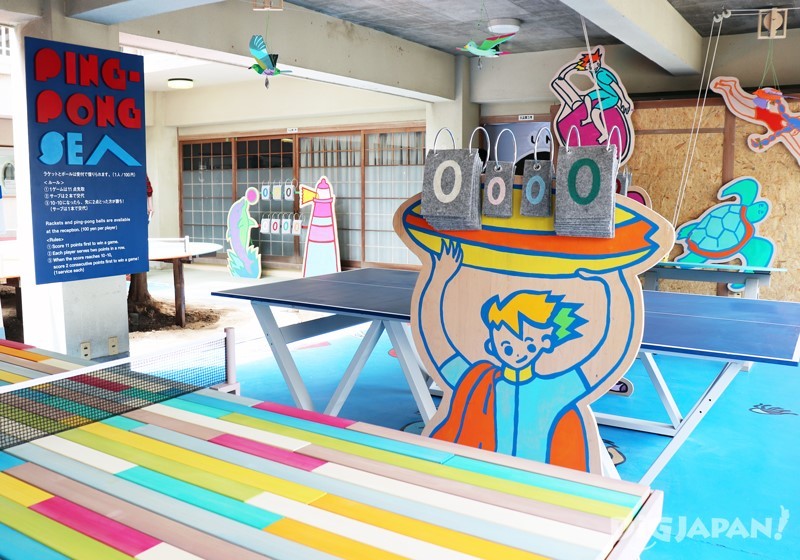
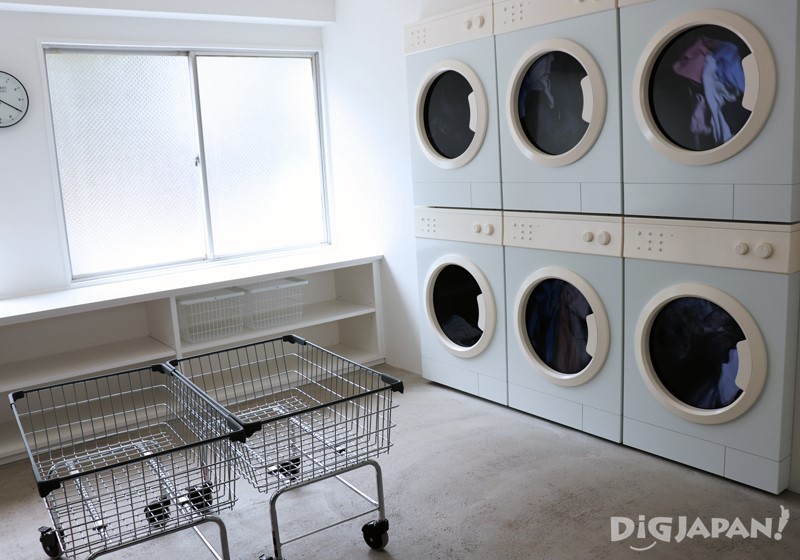
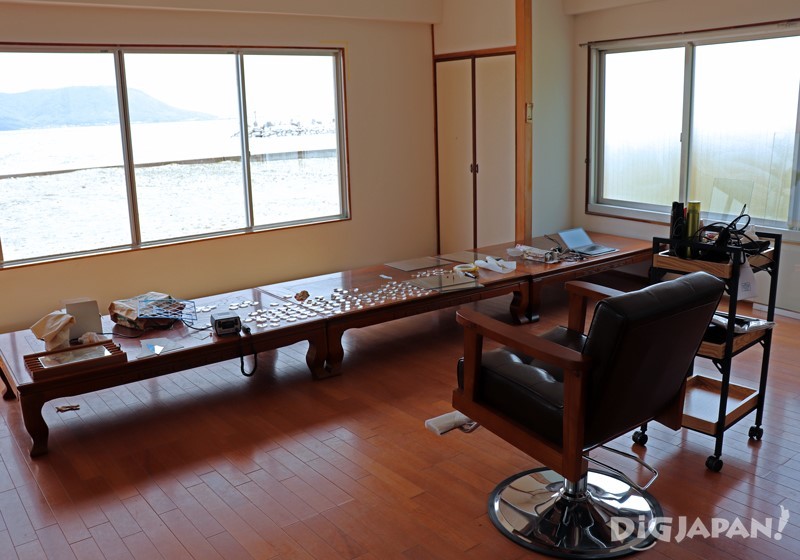
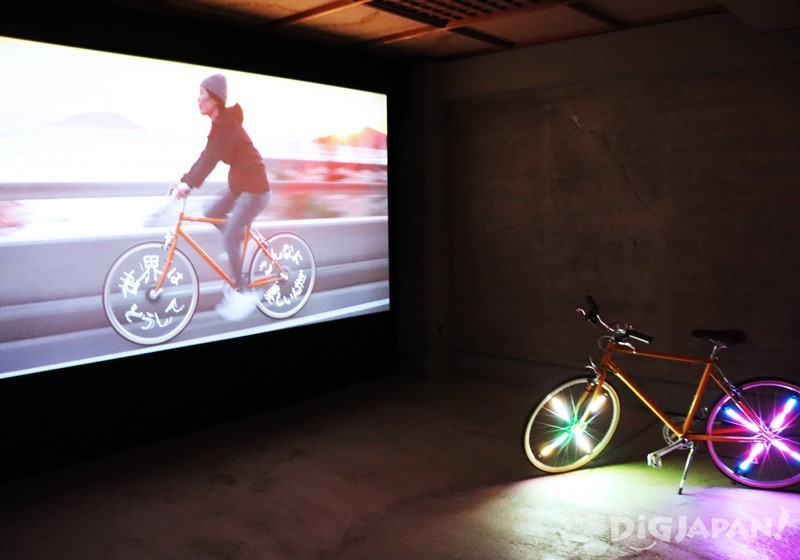
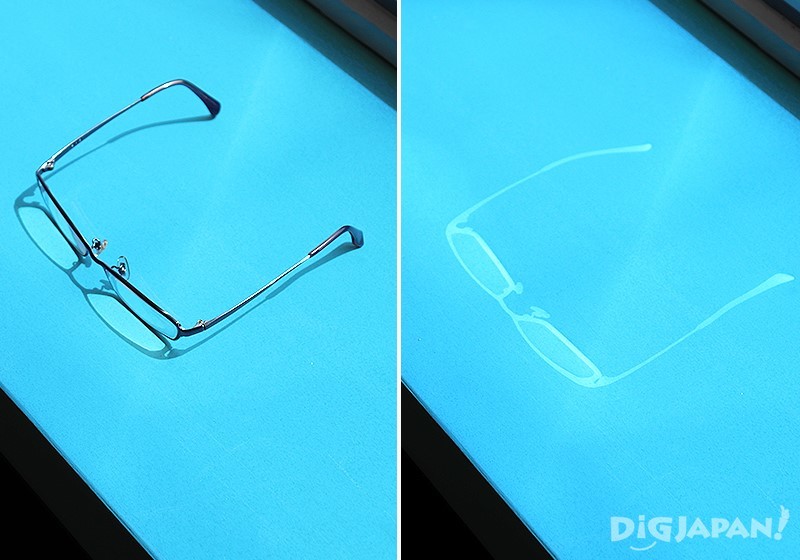
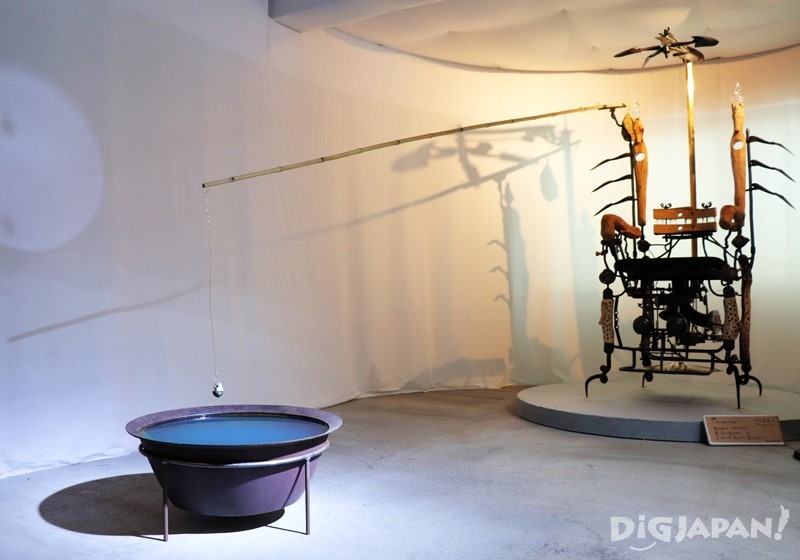







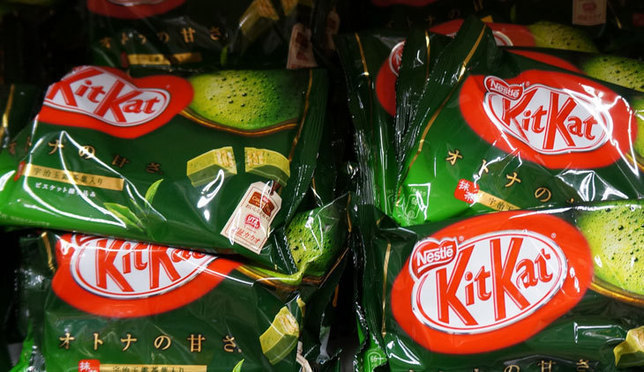

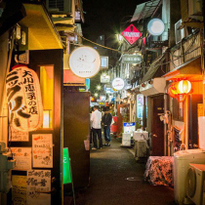
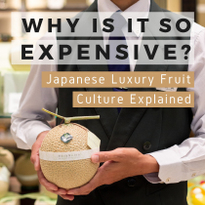
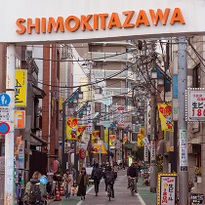




NEW COMMENT | 0 COMMENTS
Open a DiGJAPAN!
account to comment.
Open a DiGJAPAN! Account